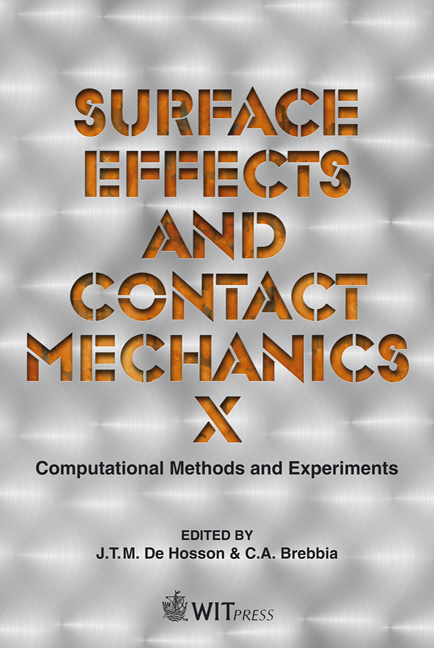Heat Treatment–microstructure– Mechanical/tribological Property Relationships In Austempered Ductile Iron
Price
Free (open access)
Transaction
Volume
71
Pages
12
Page Range
159 - 170
Published
2011
Size
5,257 kb
Paper DOI
10.2495/SECM110141
Copyright
WIT Press
Author(s)
T. Nasir, D. O. Northwood, J. Han, Q. Zou, G. Barber, X. Sun & P. Seaton
Abstract
Austempered Ductile Iron (ADI) can offer an excellent combination of low cost, design flexibility, good machinability, high strength-to-weight ratio, good toughness, good wear resistance and fatigue strength. Although ADI has found quite wide application in some industries, its use in automotive parts production has been limited. The properties of ADI can be tailored by changing the heat treatment schedule. In this research a Ni-Cu-Mo ADI was subjected to heat treatment schedules involving various austenitizing and austempering process times and temperatures. The mechanical (hardness, toughness) and tribological (scuffing) properties were determined and they were related to both the microstructures and the heat treatment procedures. The highest scuffing resistance is obtained in ADI with a feathery ausferrite microstructure. Such a microstructure also produces the highest toughness but hardness values are only at the Grade I or II levels. Keywords: austempered ductile iron, microstructure, hardness, toughness, scuffing, plastic deformation. 1 Introduction Austempered ductile iron (ADI) has recently appeared as an important engineering material owing to its exceptional combination of high strength,
Keywords
austempered ductile iron, microstructure, hardness, toughness, scuffing, plastic deformation





